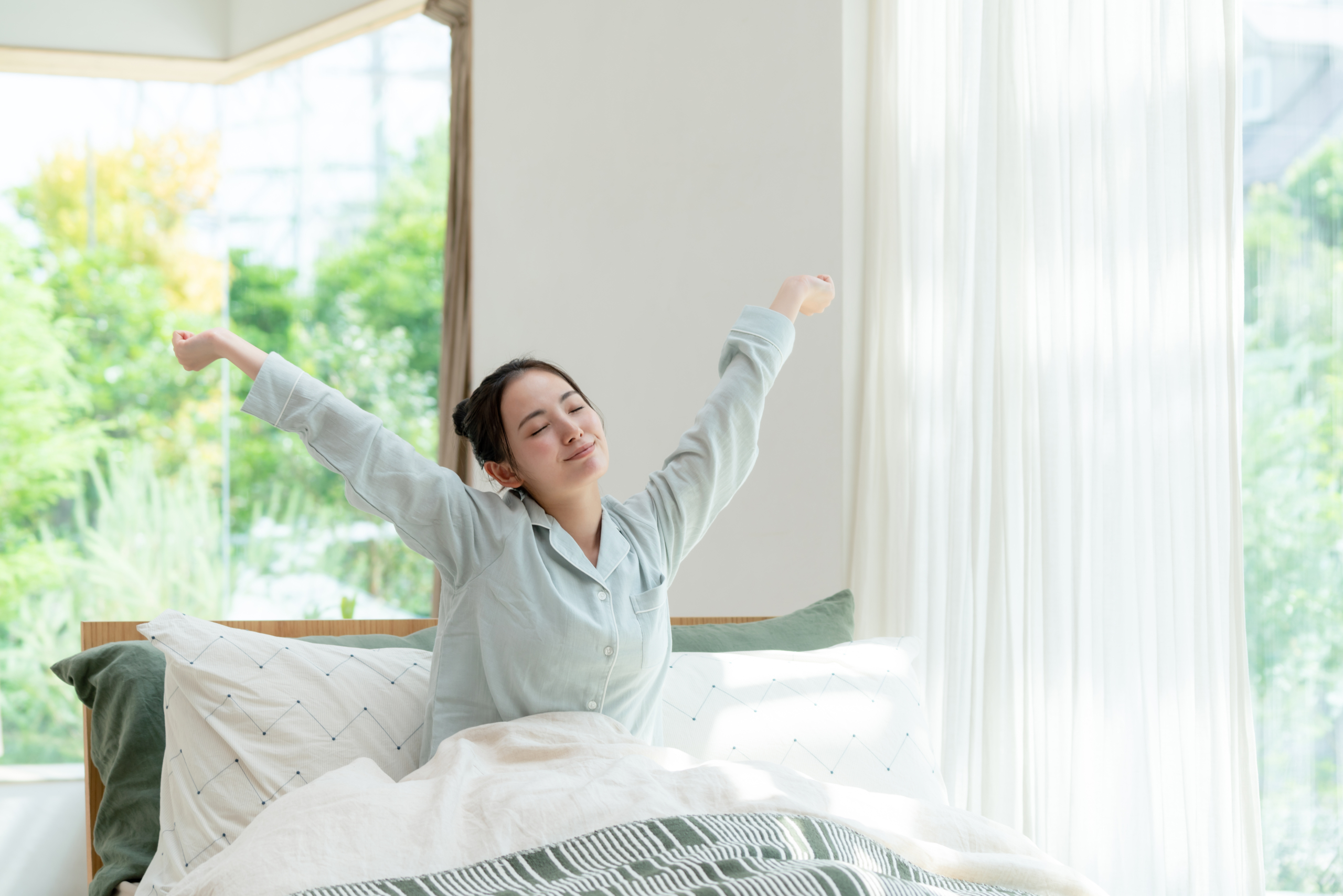
Our athletic therapists offer on-field and clinical assistance to a wide variety of athletes for common sports injuries.
Osteoarthritis (OA) is a widespread condition that affects millions of people worldwide. It’s more than just occasional joint pain, it’s a chronic disease that can significantly impact one’s life, restricting mobility and reducing the quality of life. However, OA can be managed through lifestyle changes (as detailed in this article). Understanding when to rest and when to keep moving is critical in managing Osteoarthritis. The question that arises though is how much rest and how much exercise does one need?
Debate between Rest and Movement in OA Management
The management of Osteoarthritis often sparks a debate between rest and movement. Both are crucial, yet they seem to oppose each other. On one hand, rest can provide relief from pain and inflammation. On the other hand, movement helps maintain joint function and overall health. Essentially, each plays a critical role.
Rest and Osteoarthritis
During periods of severe pain or inflammation, rest can help alleviate symptoms and prevent further joint damage. It gives the body time to heal and reduces the strain on affected joints. Additionally, rest can also help manage fatigue, which is common in Osteoarthritis.
However, rest does not mean complete immobility. Extended periods of inactivity can lead to muscle weakness and stiffening of the joints. Instead, “rest” should mean short periods of relaxation interspersed with gentle activity, ensuring the joints do not seize up from lack of use.
Movement and Osteoarthritis
Movement is as essential as rest. Regular, low-impact physical activity can help strengthen muscles, improve joint flexibility, and maintain a healthy weight – all of which can reduce OA symptoms.
Exercises such as walking, swimming, or cycling can be beneficial. Strength training exercises, under the guidance of a healthcare professional, can also help build muscle around affected joints, providing them with more support.
Just as with rest, it’s important to listen to your body when exercising. If an activity causes pain, stop and try something less strenuous. Over time, you will learn to understand what your body can and can’t handle.
To know more about safely incorporating exercise into your Osteoarthritis management practices, check out this article.
It is unsurprising then that managing Osteoarthritis requires a balance between both rest and exercise. Yet finding that balance can be difficult. To start, it’s important to understand the pros and cons of each.
Role of Rest in Managing OA
Rest is a key component in managing Osteoarthritis (OA), but understanding when and how to rest can significantly improve the quality of life for those living with this condition.
When is Rest Beneficial in OA Management?
Rest plays a pivotal role in managing OA during periods of increased pain or inflammation. It provides a much-needed break for the affected joints, reducing strain and preventing further damage. When you experience heightened pain or stiffness, it’s your body’s signal that it needs time to recuperate.
The Importance of Rest During Flare-Ups
Flare-ups – periods when symptoms suddenly become more severe – are common in OA. During these times, rest becomes particularly important. By refraining from strenuous activities and giving your body a chance to recover, you can help reduce the duration and intensity of the flare-up.
Rest and Recovery Post-Exercise or Daily Activities
After exercise or daily activities, rest allows your body to heal and recover. This recovery period is when your body rebuilds and strengthens the muscles that support your joints. Without adequate rest, the body doesn’t have time to repair tissue and build strength, potentially leading to increased pain and fatigue.
Quality Sleep and OA Management
Quality sleep is an often overlooked aspect of rest. Good sleep helps the body regenerate and heal, which is crucial for managing chronic conditions like OA. Studies have shown that poor sleep can exacerbate OA symptoms and negatively affect mood and overall quality of life. Ensuring you get quality sleep should be a priority in your OA management plan.

The Concept of ‘Active Rest’
‘Active rest’ is a term used to describe gentle activities that keep the joints mobile without causing strain. This could include light stretching, walking, or performing range-of-motion exercises. Active rest differs from complete rest in that you’re still moving but at a significantly reduced intensity. It’s a way to give your joints a break without succumbing to complete inactivity, which can be counterintuitive.
The Risk of Excessive Rest
While rest is crucial in managing OA, too much rest can lead to stiffness and further joint issues. Extended periods of inactivity can weaken the muscles that support your joints, leading to increased pain and decreased mobility. Therefore, it’s important to balance periods of rest with periods of activity to maintain joint health and function.
Importance of Movement and Exercise in OA Management
Movement and exercise play a significant role in managing Osteoarthritis (OA). They are essential for maintaining joint health, reducing pain, and improving overall quality of life.
Why is Movement Essential?
Regular physical activity helps maintain joint flexibility, strengthens the muscles that support the joints, and promotes general health and well-being. Without regular movement, joints can become stiff, and muscles can weaken, leading to increased pain and reduced mobility for those dealing with chronic OA.
Strengthening Muscles and Improving Flexibility
Exercise, particularly strength training, plays a crucial role in building muscle around affected joints, providing them with more support. Stronger muscles can take on some of the load that would otherwise be carried by the joints, reducing the strain on them and subsequently lessening pain.
Moreover, exercises that improve flexibility, such as gentle yoga or tai chi, can help keep joints supple and mobile. They can also improve balance and coordination, which can be beneficial for preventing falls and injuries.
Promoting Joint Health: The Role of Synovial Fluid
Regular movement is vital for promoting joint health as it helps circulate synovial fluid. This clear, sticky fluid lubricates the joints, reduces friction, and provides nutrients to the cartilage. When we move, the compression and release of the joint space help distribute this fluid, keeping the joints healthy and functioning smoothly.
Movement and Weight Control
Maintaining a healthy weight is another key aspect of managing OA, and regular physical activity plays a critical role in achieving this. Excess weight puts additional stress on weight-bearing joints like the knees and hips, exacerbating OA symptoms. Regular exercise, along with a balanced diet, can help control weight and reduce strain on these joints.
Striking the Right Balance between Rest and Movement in OA Management
Finding the right balance between rest and movement not only helps alleviate Osteoarthritis symptoms but also improves overall quality of life.
Listening to Your Body
Your body gives you signals about what it needs – whether that’s movement or rest. Paying attention to these signals is crucial in finding the right balance. Pain, stiffness, and fatigue may indicate that you need more rest, while feelings of restlessness or discomfort after prolonged inactivity may be signs that your body needs movement.
Recognizing When to Rest and When to Move
Knowing when to rest and when to move is an essential skill in managing OA. If your joints are swollen, painful, or particularly stiff, it might be best to rest. However, if your joints feel stiff and achy due to prolonged inactivity, some gentle movement might help alleviate these symptoms.
Remember, rest doesn’t always mean complete inactivity. Sometimes, ‘active rest’ involving light activities can be beneficial. Similarly, movement doesn’t always mean vigorous exercise. Gentle, low-impact activities are often most suitable for people with osteoarthritis.
Role of Health Professionals in Creating a Balanced Plan
Health professionals play a pivotal role in creating a balanced OA management plan. They can provide personalized advice based on your condition, lifestyle, and goals. This could involve recommending specific exercises, suggesting appropriate periods of rest, and providing guidance on how to listen to your body’s signals. Regular check-ins with your healthcare provider can also help adjust this plan as your needs change over time.

Tips to Incorporate Both Rest and Movement into Daily Routines
Incorporating both rest and movement into your daily routine doesn’t have to be complicated. Here are a few practical suggestions:
- Break up long periods of sitting: Every hour, stand up and walk around for a few minutes or do some gentle stretches.
- Establish a regular exercise routine: This could involve strength training, flexibility exercises, and low-impact aerobic activities like walking or swimming.
- Prioritize sleep: Ensure you are getting quality sleep each night. Creating a calming bedtime routine can help with this.
- Practice active rest: Engage in light activities, such as walking or gentle yoga, on your rest days.
Conclusion: Finding Your Unique Balance in OA Management
In managing Osteoarthritis, both rest and movement play pivotal roles. Striking the right balance between these two is not a one-size-fits-all solution; it’s a unique blend that caters to your specific needs, lifestyle, and overall health.
It’s also important to remember that the balance between rest and movement may shift from day to day, depending on your pain levels, fatigue, and overall health. Your healthcare provider can provide personalized advice to help you find the optimal balance.
Working with the right health professional can greatly assist in finding this balance. They can guide you through the process, provide personalized advice, and help adjust your plan as your needs change over time.
With patience, attentiveness, and the right support, you can effectively manage your symptoms, improve your quality of life, and continue to do the things you love. Remember, it’s not just about living with OA; it’s about thriving despite it.
If you’re looking at Osteoarthritis management and are not sure where to start, book a consultation with our OA specialists today.